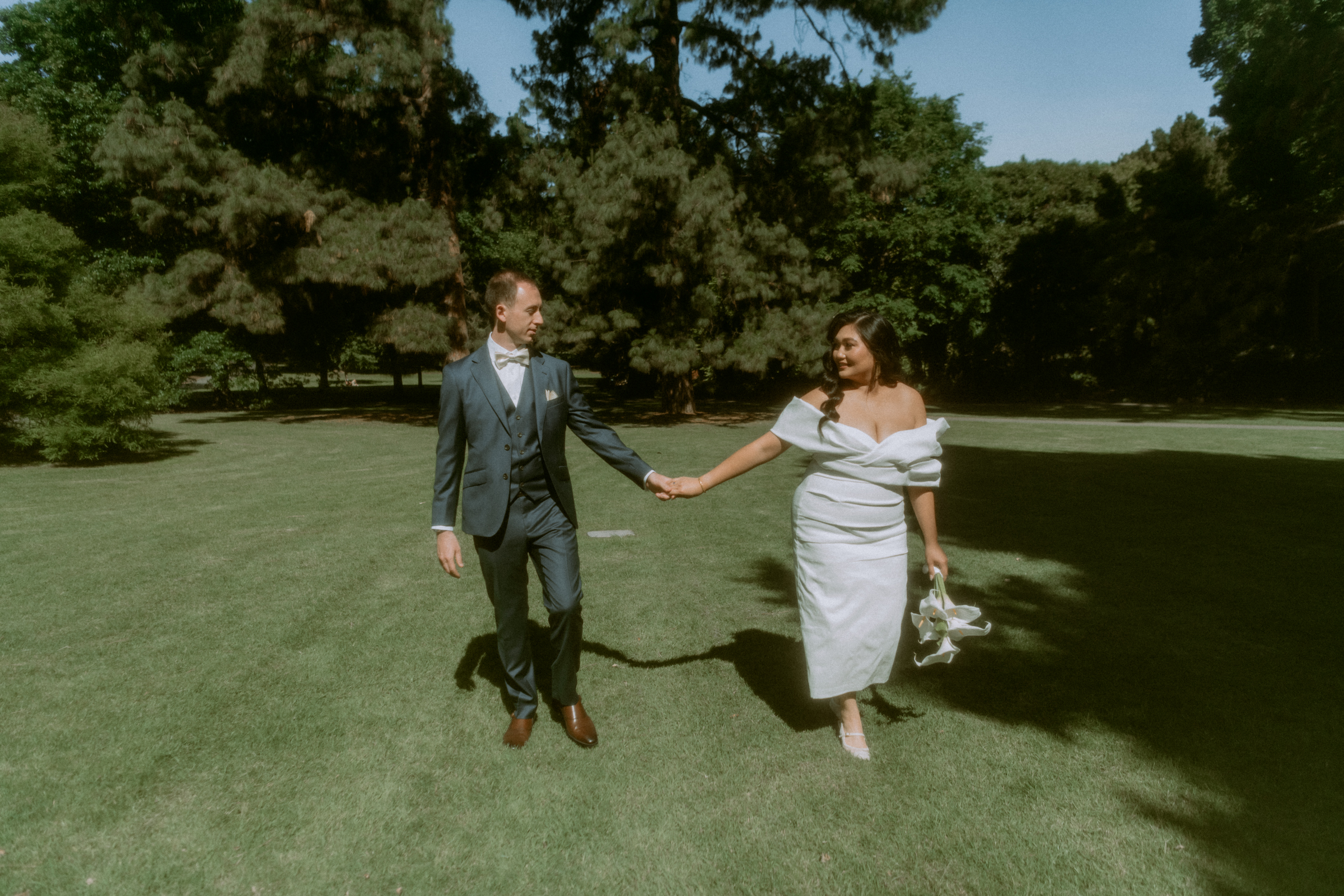Planning your wedding is an exciting journey, but one of the most important tasks you’ll tackle is creating a wedding budget. Your budget will guide your decisions and help you prioritize what matters most for your big day.
Whether you’re planning a large celebration or an intimate gathering, this guide will walk you through the steps to create a realistic and manageable wedding budget. Plus, I’ll share how my Smart Wedding Spending course can provide insider tips and tools to help you save money without compromising your dream wedding.

Step 1: Determine Your Total Budget
The first step in planning a wedding budget is determining how much money you have to spend. Consider these factors:
- Who’s Contributing: Will you and your partner cover the entire cost, or are family members contributing? Have an open conversation to establish clear expectations.
- Savings vs. Income: Decide how much you can comfortably allocate from your savings or monthly income.
- Set a Target: Once you’ve calculated all contributions, set a total budget. This will be your foundation for planning.
Step 2: Identify Your Priorities
Every couple values different aspects of their wedding. Ask yourselves:
- What’s most important? (Venue, photography, food, etc.)
- What are non-essential extras you can cut or simplify?
By identifying your top priorities, you can allocate more of your budget to the things that matter most, while saving on less critical elements.
Step 3: Research Average Costs
Before diving into spending, research the average costs of key wedding elements in your area or online. Typical categories include:
- Venue: Often the largest expense, this can range widely depending on size and location.
- Photography/Videography: Quality documentation is a worthwhile investment.
- Food and Drink: Catering costs are typically calculated per guest.
- Attire: Consider the dress, suit, and accessories.
- Decor and Florals: This includes centerpieces, bouquets, and additional styling.
- Entertainment: From live bands to DJs.
- Invitations and Stationery: Paper or digital options.
- Transportation: For the wedding party or guests.
Having a clear understanding of these expenses helps you set realistic expectations and avoid surprises.
Step 4: Break Down Your Budget
Once you know your total budget and priorities, break it down by category. A common rule of thumb is:
- 50%: Venue, Catering, and Rentals
- 15%: Photography and Videography
- 10%: Attire
- 10%: Decor and Florals
- 10%: Entertainment
- 5%: Miscellaneous (Transportation, Favors, Marriage License)
Adjust these percentages based on your priorities. For example, if photography is a top priority, allocate more to that category and reduce spending elsewhere.
Step 5: Track Every Expense
Tracking your expenses is crucial for staying on budget. Use a spreadsheet, wedding budgeting app, or printable tools to monitor spending as you book vendors and make purchases. This ensures you’re staying within limits and allows you to adjust as needed.
Get Printable Resources!
In my course Smart Wedding Spending, you’ll receive budgeting printable tools to make this process even easier. They’re designed to help you stay organized and in control of your finances throughout the planning journey.
Step 6: Look for Ways to Save
Even with a set budget, there are plenty of ways to save without compromising on quality. Here are a few tips:
- Off-Peak Dates: Book your wedding during off-peak seasons or on weekdays for discounts.
- DIY Decor: Create simple decorations to cut down on professional styling costs.
- Smaller Guest List: Fewer guests mean lower costs for catering and rentals.
- Second-Hand Options: Consider pre-loved attire or decor to save significantly.
- Digital Invitations: Go paperless to save on printing and postage.
Step 7: Plan for Unexpected Costs
No matter how well you plan, there will likely be unexpected expenses. Allocate 5–10% of your budget for unforeseen costs, such as:
- Overtime fees for vendors
- Additional transportation
- Emergency supplies or last-minute changes
Having this buffer ensures you’re prepared for surprises.
Step 8: Get Insider Tips from an Expert
Planning a wedding budget can feel overwhelming, but it doesn’t have to be. If you’re looking for expert advice, my course Smart Wedding Spending provides 23 detailed videos from an insider wedding vendor to help you save big on every wedding vendor while planning your dream wedding. You’ll also get access to exclusive budgeting printables to keep everything organized.
In this course, I cover areas where couples often overspend and share actionable strategies to cut costs without sacrificing quality. It’s everything you need to plan a stunning wedding while staying within your budget.
Click here to learn more about Smart Wedding Spending.
Conclusion: Your Wedding Budget, Simplified
Creating a wedding budget is one of the most important steps in planning your big day. By determining your total budget, identifying priorities, and tracking expenses, you can stay in control of your finances while designing a day that reflects your love story.
For even more tips and tools, check out my course Smart Wedding Spending. It’s packed with insider knowledge and practical resources to help you save money and stress less while planning your wedding.
And if you’re looking for a destination wedding photographer to capture every meaningful moment of your special day, contact me here. I’d love to help make your wedding unforgettable.

COMMENT BELOW
COMMENT BELOW